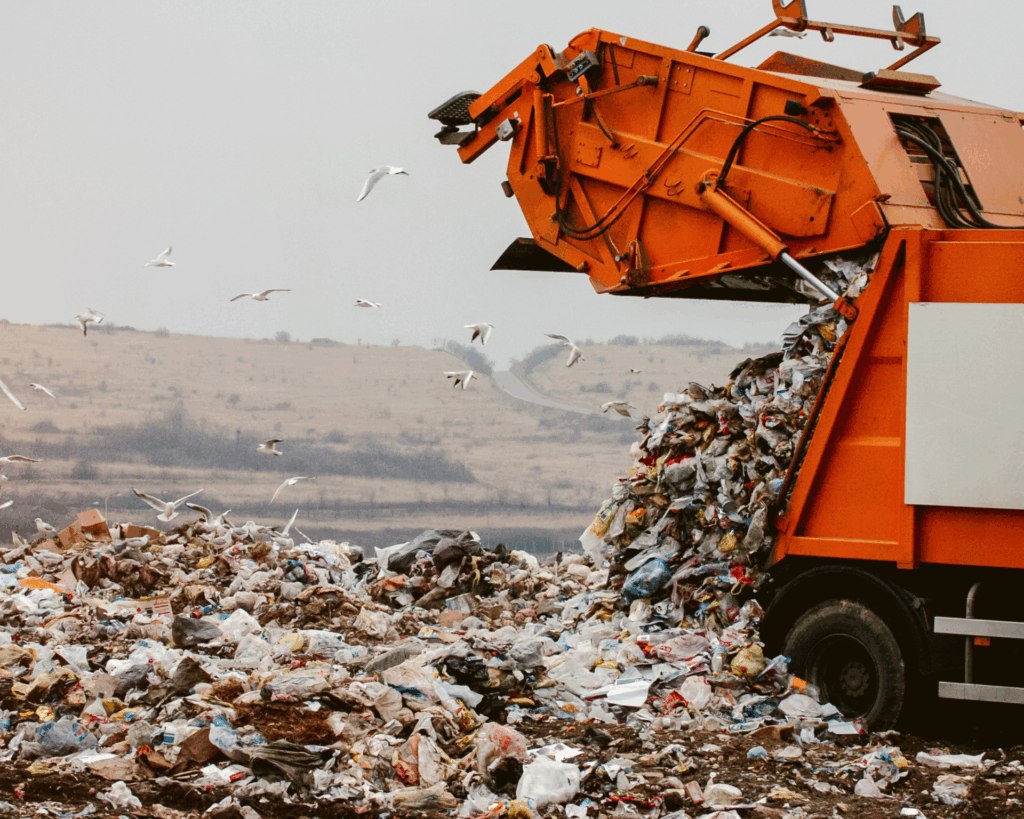Are the Kids Too Loud?
Schools exposed to greater levels of noise pollution are more likely to serve students of color or low-income students.

Read Time: 2 minutes
Published:
Imagine sitting in your classroom taking a test while someone incessantly clicks a pen. You find the rhythm to the hollow sounds particularly annoying. Now add the vibration of planes booming overhead, sirens wailing circles down the street, and trains passing loudly nearby. For students across the United States, this is the soundtrack of every school day.
Environmental noise from sources like these is noise pollution, or the sum total of sound in a given area. And this noise is more than a nuisance, causing higher rates of high blood pressure, diabetes, sleep loss, anxiety, and depression in adults. For children the effects are more severe, harming school performance, behavior, and cognitive and developmental growth.
Timothy Collins and his team used noise data from the US Department of Transportation and school data from the National Center for Education Statistics to analyze the demographics of schools in noise-polluted neighborhoods. The above maps illustrate the locations of public schools most affected by road noise (top) and aviation noise (bottom).
They found that schools exposed to greater levels of noise pollution are more likely to serve students of color or low-income students — as measured by qualification for free or reduced lunch. And schools that serve the youngest students are louder than schools serving older ones.
These patterns expose a nationwide willingness to allow the environmental features that surround lower-resourced and minority communities to compromise health. Schools are supposed to be places where children learn and grow, quietly, progressively.
Databyte via Collins, T. W., Grineski, S. E., & Nadybal, S. (2019). Social disparities in exposure to noise at public schools in the contiguous United States. Environmental Research, 175, 257-265.



